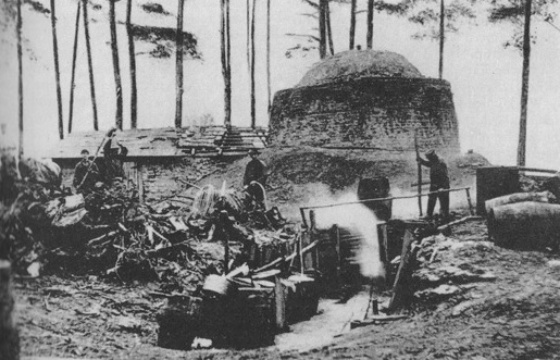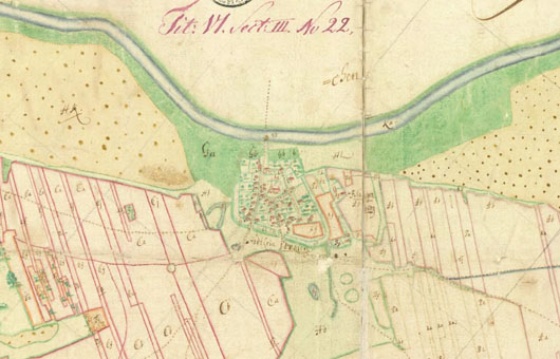Due to the high profits it generated, the "right to wood" in the forests was a privilege of landlords – the dukes and landed gentry. The theft of wood from fallen branches and trees that had toppled down was heavily punished as "wood crime."
Landscape and environment 1650 up to 1700
On the timeline through this topic

of wood to tar

The deforested coastal region becomes deserted, and sand dunes encroach. A shipyard established by the Swedes in Kaseburg near Swinemünde closes again once all the woodlands have been razed. Packs of wolves scour villages and cities. But they are hunted down mercilessly.
Glassworks for manufacturing profitable forest glass from indigenous quartz sand required very high temperatures for the melting process, and these could only be achieved using hard wood. Large numbers of oaks and beech trees were chopped down and used as fuel. Pomerania's most profitable glass factory is built in Stolzenberg near Rothenklempenow in 1665.
Nothing to show for the actual filters